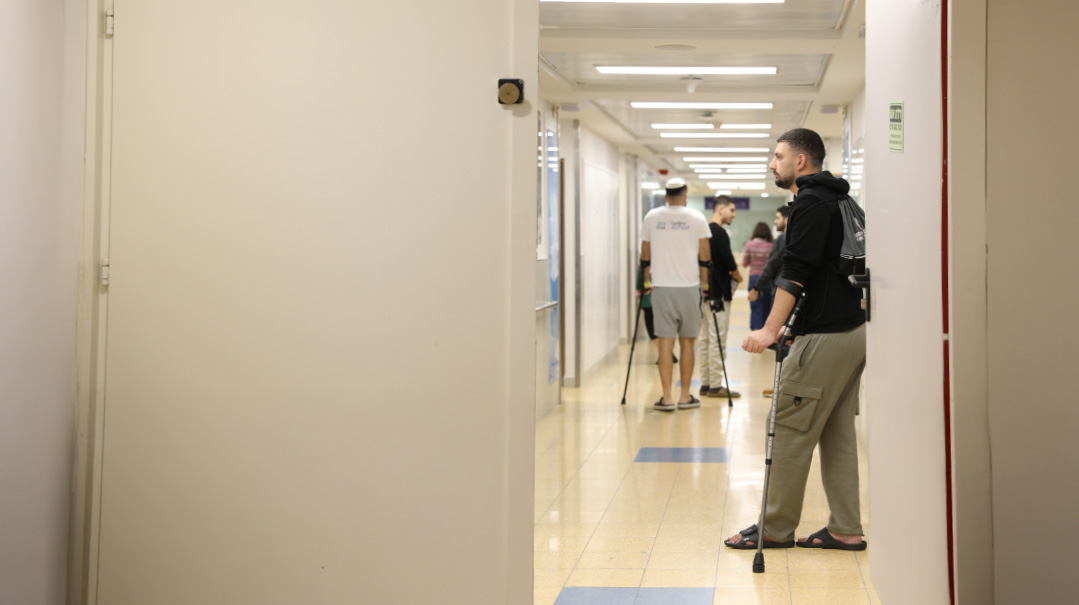High-Speed Medicine


Urgent care centers promise convenience and low rates, and fill a gap in the health-care system. More than anything, they reflect a change in the old model of medicine. As health care becomes more expensive and consumers more demanding, urgent care centers offer an aggressively consumer-friendly option to treat non-life-threatening conditions on demand and with unprecedented rapidity
It's Saturday night, or Sunday afternoon and you think you might have strep. You feel that familiar swelling of the glands and discomfort when swallowing, and you can’t wait to crawl back into bed.
But Monday’s a busy day at work, and you need to resolve this right away. Your doctor isn’t around on weekends. Even if you wait till Monday, he may not have a free appointment. You’re sick, but not sick enough for a hospital emergency room. What are your options?
Until recently, you didn’t have many. But in the past ten years or so, a new alternative to the ER has been popping up like mushrooms after a summer rain. Known as urgent care centers, they are basically walk-in clinics with extended hours, providing treatment for non-emergency medical issues, with much of the care provided by physician assistants and nurse practitioners. Some are stand-alone centers, while others exist as extensions of larger medical clinics or hospitals.
Urgent care centers promise convenience and low rates, and fill a gap in the health-care system. More than anything, they reflect a change in the old model of medicine. As health care becomes more expensive and consumers more demanding, urgent care centers offer an aggressively consumer-friendly option to treat non-life-threatening conditions on demand and with unprecedented rapidity.
Why Urgent Care
There are currently close to 7,000 urgent care centers in the US, with about 600 new facilities opening annually. A growth industry, they fill the sweet spot in between emergency rooms and overloaded doctors’ offices with limited hours. Prevention magazine reports that one in five Americans claim they have been unable to see doctors when needed in the past two years, either because the doctor wasn’t in or had no available appointments. On top of that, the National Center for Health Statistics estimates that by 2020 we will be facing a shortage of 45,000 doctors in the US. Between doctors who are retiring, doctors who are leaving the field due to health-care “reform” and the high costs of private practice, and the exorbitant cost of medical school, the younger generation is declining to sign up for medical practice or signing themselves out.
When there aren’t enough doctors, simple medical conditions like strep and flu can be treated by other medical professionals. Urgent care centers are overseen by a doctor, but the lion’s share of the care is provided by physician assistants (PAs) and nurse practitioners (NPs), which keeps costs down. They treat all manner of non-emergency conditions, from ear infections to sprained ankles to stitches. Many centers have on-site X-ray machines and laboratories.
Urgent care centers don’t give regular vaccinations to babies, but they can give flu shots and vaccinations for travelers. They can also do the physical exams required by camps, schools, and some workplaces, a boon for any mother who has spent three hours with five children in a pediatrician’s waiting room, trying to finish camp forms on time.
Uninsured people often come to urgent care centers because they don’t have insurance to pay a full doctor’s fee, while these centers often charge less than a doctor and always much less than an ER.
“We get many undocumented people coming in for that reason, including quite a few Israelis, and patients who prefer to pay cash,” says Batsheva Kramer, a physician assistant for the ODA Primary Care Network in Williamsburg, which runs an urgent care center.
(Excerpted from Mishpacha, Issue 709)
Oops! We could not locate your form.






